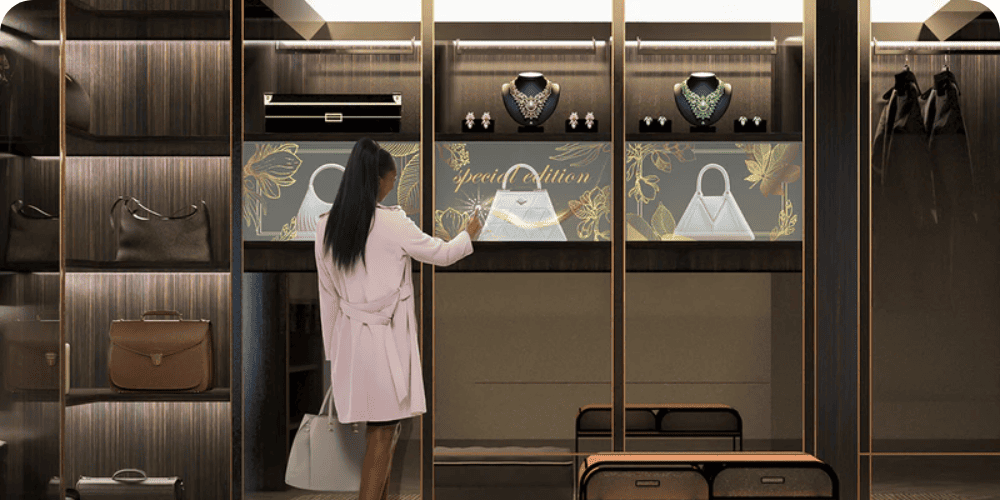During ISE 2025, one of our team got a chance to experience Volum, a product that is born out of a spin off of i2Cat Research Centre, a project that is using volumetric video and real-time holographic to make communication more accessible—
How Does It Work?
Instead of video calls where you're stuck looking at a flat screen, imagine talking to a fully 3D holographic version of the other person, right in front of you. Our team member tried out Volum’s offline demo, which gave a solid look at how the technology works. Even in this limited setup, it was clear how lifelike and immersive the holograms were. Volum also has a real-time version, where users can communicate live as holographic projections. While we didn’t get to try this firsthand, the potential was obvious—this could revolutionize virtual meetings, remote collaboration, and interactive media.

One of the most exciting things about Volum? It doesn’t need high-end, expensive hardware. Unlike many holographic solutions that require specialized equipment, Volum works with standard commercial cameras. That means it isn’t just for big studios or enterprises—it’s something everyday users could eventually adopt.
Of course, the big challenge is creating an intuitive and adaptive UI (user interface). Switching between live and recorded holograms needs to be seamless to make this technology practical for real-world use. If they get that right, we could be looking at a huge shift in how we communicate.
Right now, we experience digital content through screens—monitors, TVs, and smartphones. But what if digital content could just exist in our space, naturally, without being confined to a display? That’s exactly what Volum is working towards.
While this is still early days, the technology already shows incredible promise. Volum isn’t stopping at just meetings or entertainment—they’re actively brainstorming new use cases that could redefine how we interact with digital content.
If you see how your services, business, or organization could benefit from their product, say hello and brainstorm with them.



